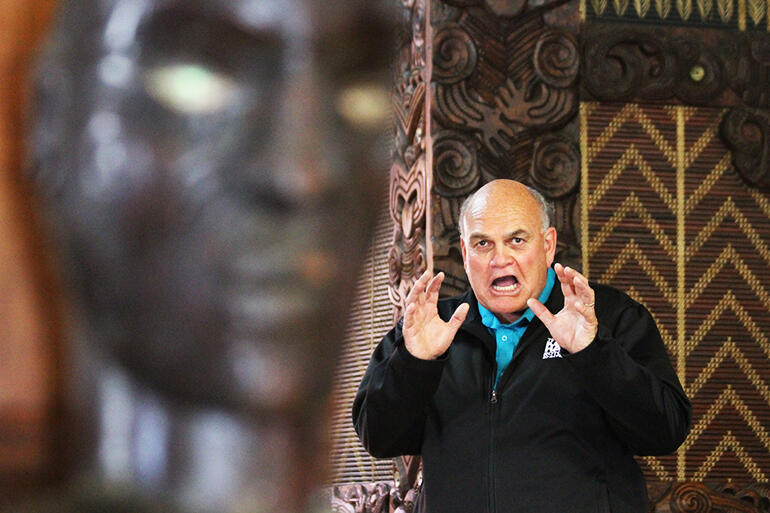

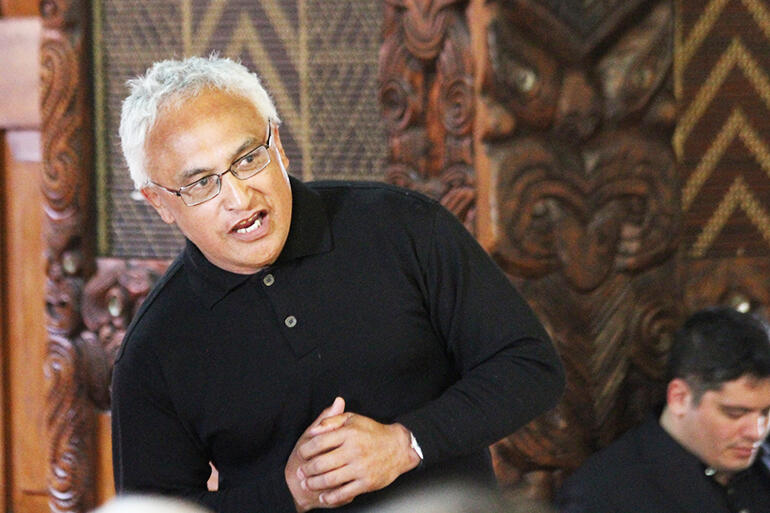

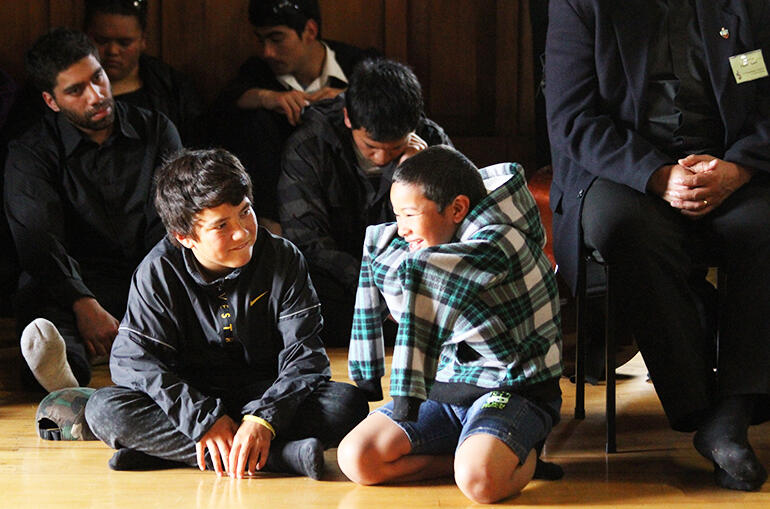
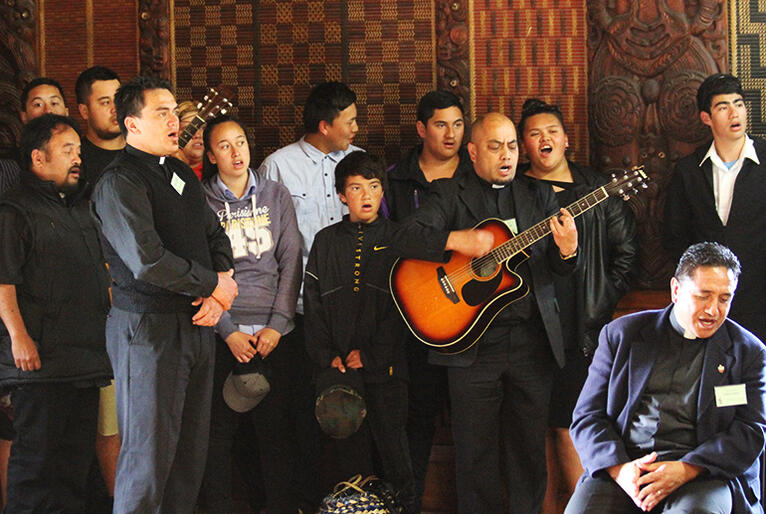

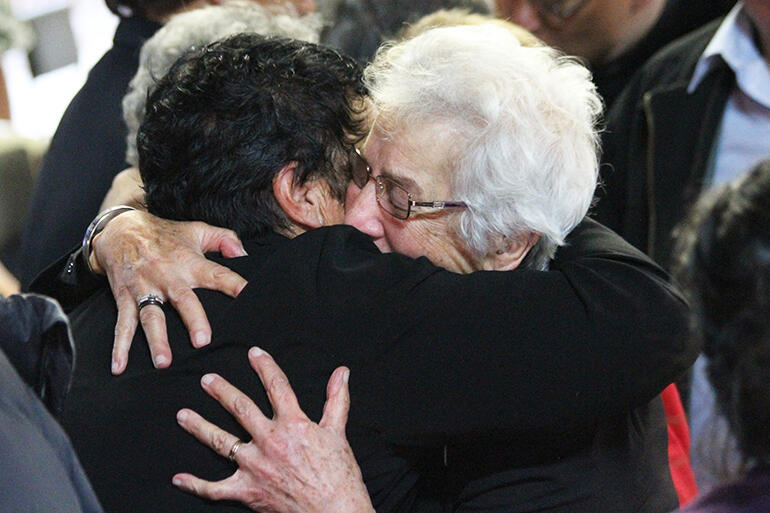

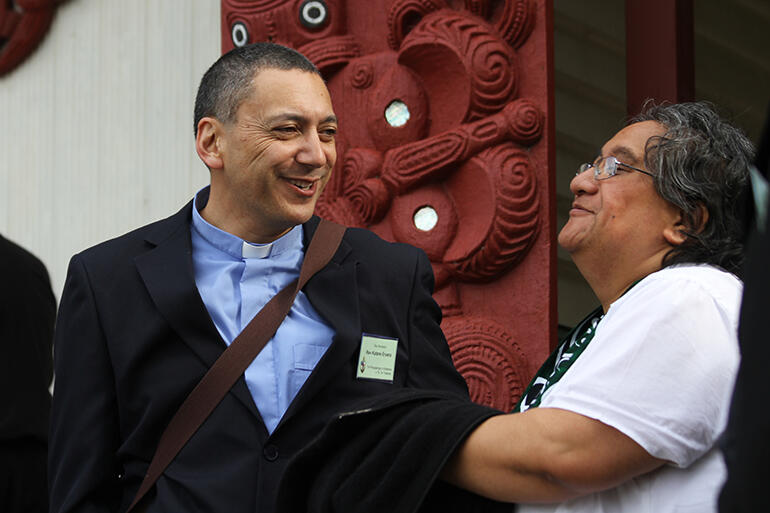
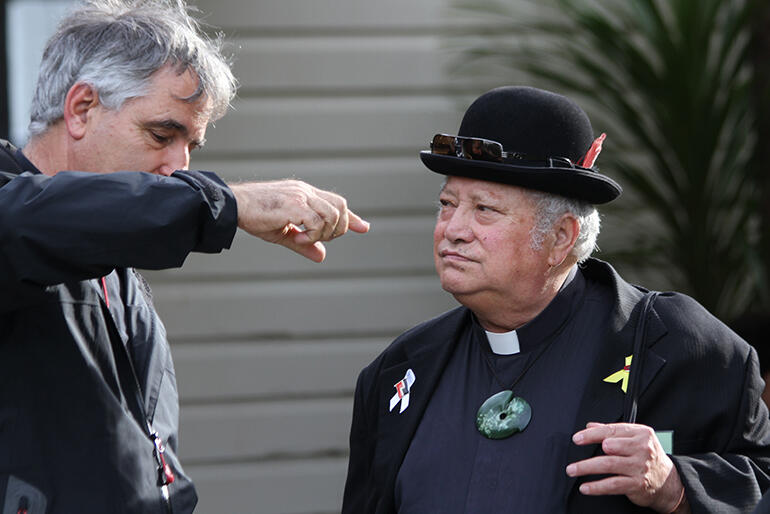
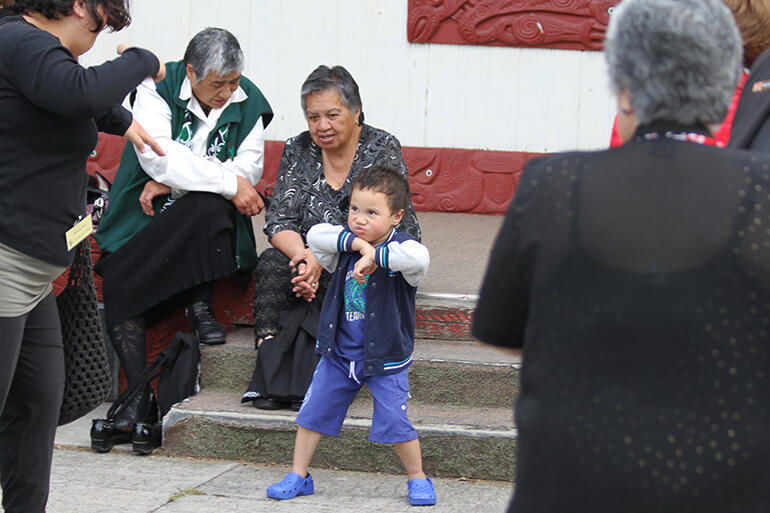
The 2013 Runanganui of Te Pihopatanga o Aotearoa began in Gisborne last evening – with questions being raised about the fundamental structure of the body which is the Maori Anglican Church.
In his kauwhau, or charge to the runanganui, Archbishop Brown Turei, Te Pihopa o Aotearoa, made it clear that the stakes were high.
Much of the next three days, he said, will be devoted to discussing “future visions of our Amorangi and for Te Pihopatanga o Aotearoa as a whole.”
“It is only natural,” he said, “that in this discussion there will be differing hopes, dreams and aspirations.
“Some will want to retain Te Pihopatanga o Aotearoa, others may want to restructure – and some may want to dismantle the Pihopatanga altogether.”
Later in the evening session, the Vicar General of Te Pihopatanga, Bishop John Gray, sketched where Te Pihopatanga has come from, and where it finds itself now.
He then posed four fundamental questions for the delegates to consider:
-
What role do they see for Te Pihopatanga going forward? (ie for the Maori Anglican Church as a gathered body?)
-
What role do they see for Te Pihopa o Aotearoa (ie, the Tikanga Maori Archbishop) within the leadership of a 3 tikanga church?
-
What role should the five Hui Amorangi bishops play?
- Should the five Hui Amorangi bishops have, in effect, greater independence and autonomy?
The theme of the hui is:Toitu Te Pihopatanga (The abiding Pihopatanga). And in Archbishop Brown’s kauwhau, he made it clear where he stands:
“As Te Pihopa o Aotearoa, it is my duty to implore you to seek unity and to protect the taonga that is Te Pihopatanga o Aotearoa.
“Our old people fought for the creation of Te Pihopatanga o Aotearoa. It was a dream that took more than 100 years to realise – but if we are not careful, it could easily be lost overnight…
“I don’t want to lose what our old people fought for.
“I believe that we still need Te Pihopatanga o Aotearoa and the office of Te Pihopa o Aotearoa.
“It united our people in the past, and it remains an instrument of unity for the future. It is the one unit that expresses the unity of Tikanga Maori to the church and to the world.
“Without Te Pihopatanga of Aotearoa, the Amorangi will lose their connection and accountability to each other. The people could lose the right to elect Te Pihopa o Aotearoa. This to me is unacceptable.”
He said that during his time as leader of Te Pihopatanga he has “responded to the call for shared leadership by dividing and sharing the responsibilities of my office as portfolios with the other Amorangi bishops.”
He said he believed that each Amorangi “should have its own rangatiratanga – and in fact, this is already the case.
“Each amorangi sets its own direction, and reaches its own communities in its own ways without interference.”
Bishop John Gray will continue his overview of Te Pihoptanga in the first of Friday’s sessions.

















Comments
Log in or create a user account to comment.